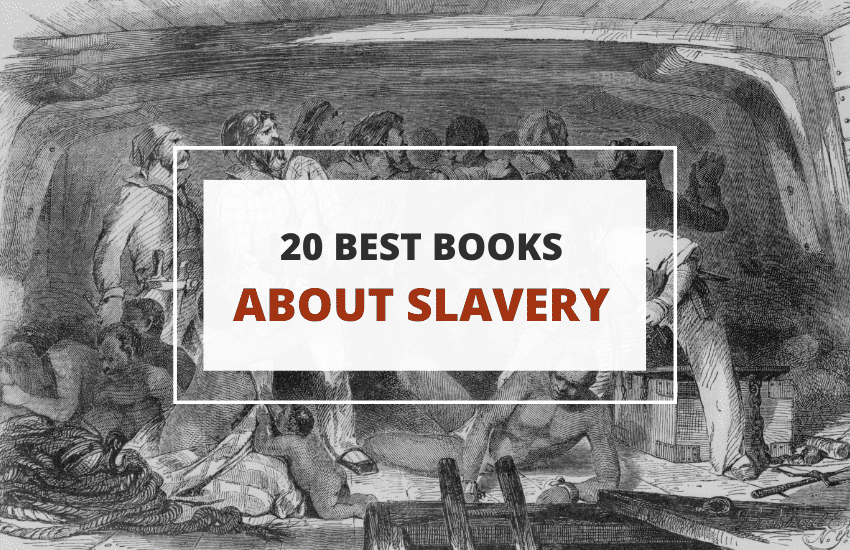
Slavery is a very complex topic to approach given its centuries-long history all over the world. Many authors have tried to examine what slavery is, its main aspects, and the consequences of this practice on millions of people and their descendants.
Today, we have access to a documented pool of knowledge about slavery. There are thousands of gripping accounts of the shameful practice of slavery and one of the most important legacies of these accounts is their role in educating and raising awareness.
In this article, we’ve compiled a list of the 20 best books to learn about slavery in the West.
12 Years a Slave by Solomon Northup
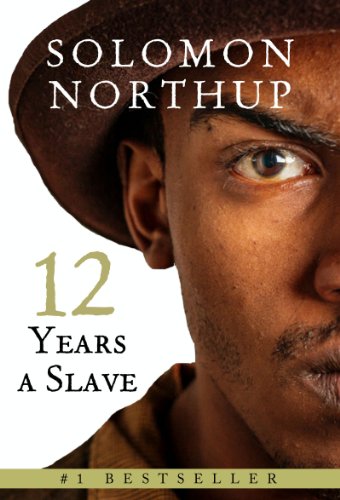
12 Years a Slave is a memoir by Solomon Northup, released in 1853. This memoir examines Northup’s life and experience as an enslaved person. Northup told the story to David Wilson, who wrote it down and edited it in a form of a memoir.
Northup offers a detailed insight into his life as a free black man, born in the state of New York, and outlines his trip to Washington DC where he was kidnapped and sold into slavery in the Deep South.
12 Years a Slave has become one of the most fundamental pieces of literature about slavery and it still serves as one of the primary guidelines to understand the concept and consequences of slavery. It was also adapted into an Oscar-winning movie.
Incidents in the Life of a Slave Girl by Harriet Jacobs
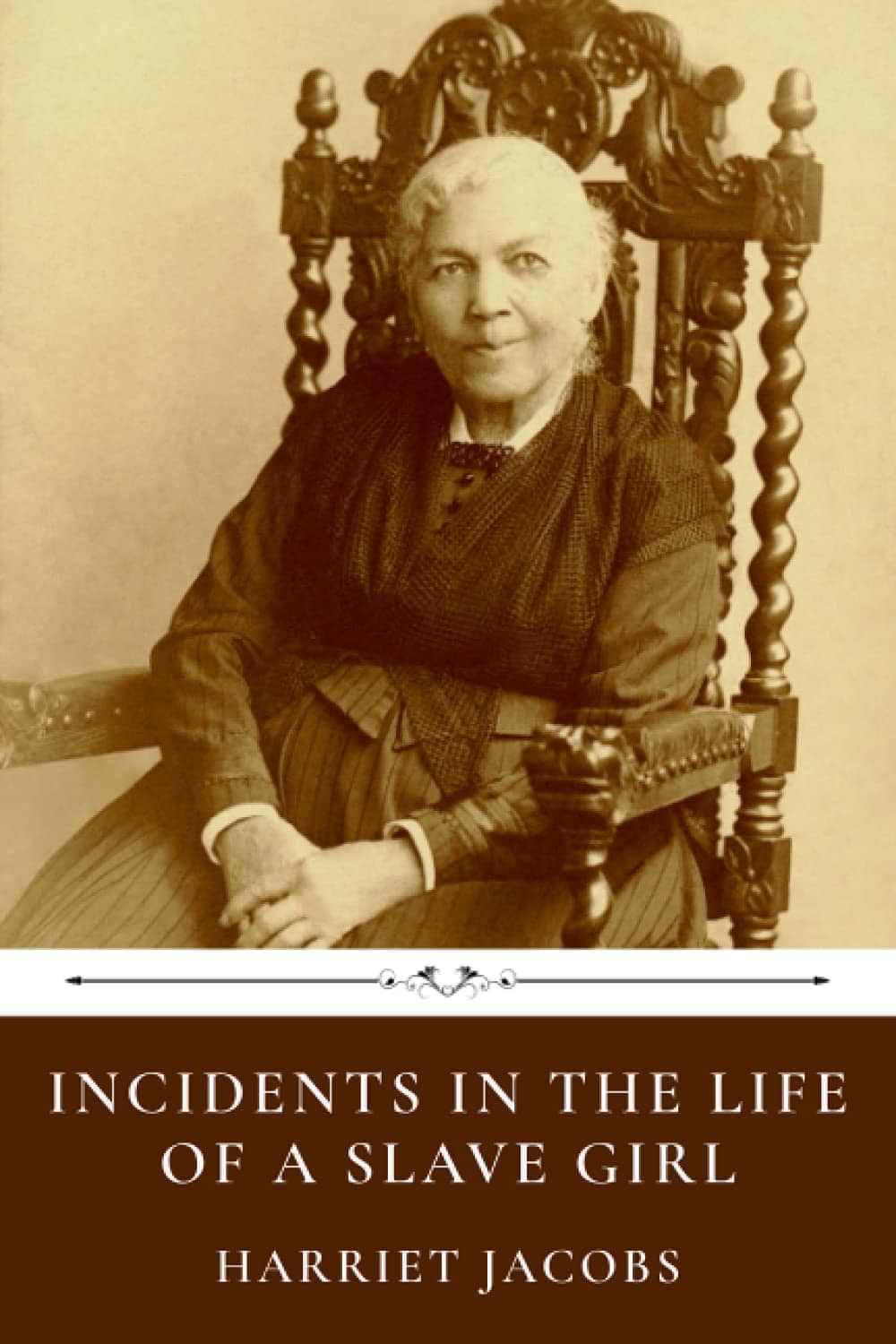
Incidents in the Life of a Slave Girl by Harriet Jacobs was published in 1861. This account tells a story of Jacob’s life in slavery and her path to regaining freedom, both for herself and her children.
The piece is written in an emotional and sentimental style to explain the struggles of Harriet Jacobs and her family as she struggles to regain her freedom.
Incidents in the Life of a Slave Girl is a fundamental insight into the hardship that enslaved women had to endure and the struggles of motherhood under such terrible conditions.
Empire of Cotton: A Global History by Sven Beckert
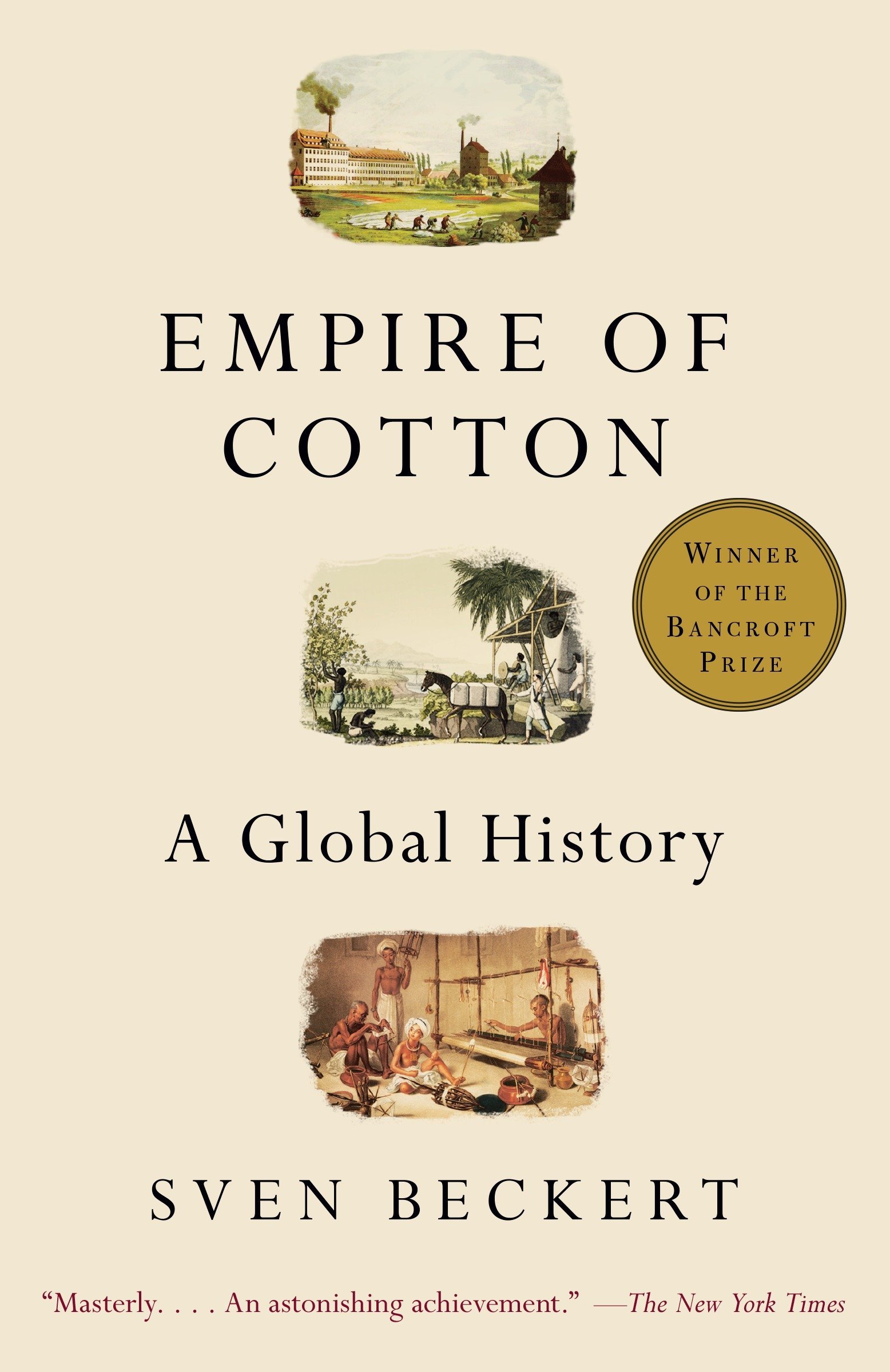
This Pulitzer Prize finalist for history masterfully dissects the dark history of the cotton industry. Beckert’s expansive research came from his practical and theoretical work as a professor of American history at Harvard University.
In the Empire of Cotton, Beckert analyzes the importance of the cotton industry and bares lays the festering core of imperialism and capitalism, both deeply rooted in exploitation and the constant global struggle for the supply of slave work for profits.
Empire of Cotton is, broadly speaking, one of the most fundamental pieces for everyone who wishes to go back to the very inceptions of modern capitalism and see for themselves the ugly truth.
Uncle Tom’s Cabin by Harriet Beecher Stowe
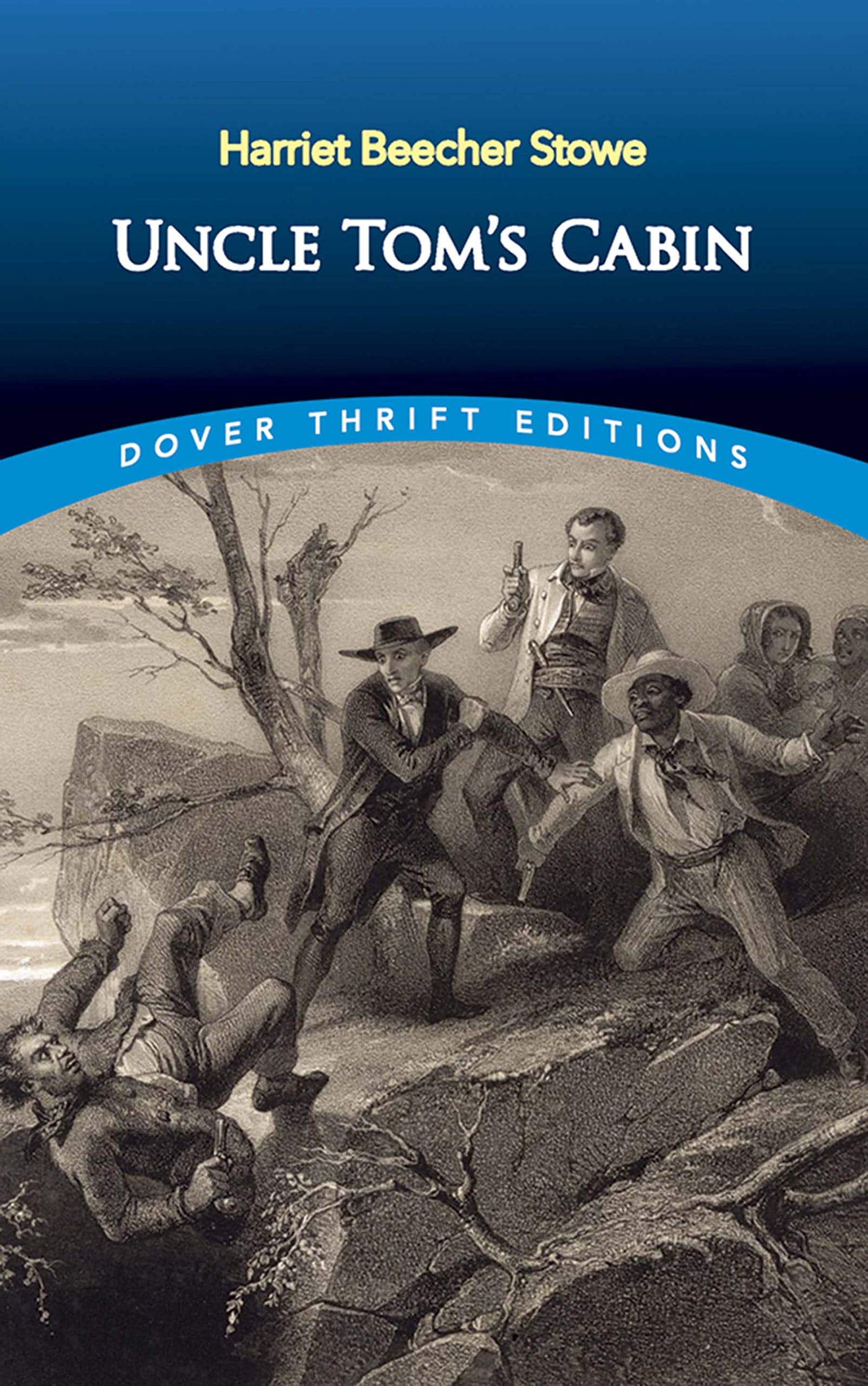
Uncle Tom’s Cabin, also known as Life Among the Lowly, is a novel by Harriet Beecher Stowe published in two volumes in 1852.
The importance of this novel is monumental because it impacted the way that Americans thought about African Americans and slavery in general. In many respects, it helped pave the groundwork for the American Civil War.
Uncle Tom’s Cabin focuses on the character of Uncle Tom, an enslaved man that has been suffering under slavery for a long time, as he struggles with life under the weight of chains and deals with upkeeping his Christian faith.
Uncle Tom’s Cabin was the second best-selling book of the 19th century, just behind the Bible.
Many Thousands Gone by Ira Berlin
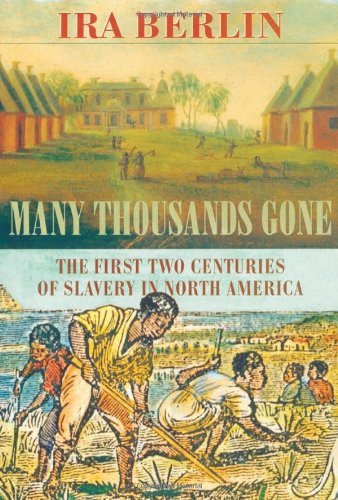
Ira Berlin is an American historian and a professor of history at the University of Maryland. In his Many Thousands Gone, he offers a thorough analysis of the first two centuries of slavery in North America.
Berlin lifts the veil from a common misconception that the entire practice of slavery in North America revolved exclusively around the cotton industry. Berlin goes back to the very early days of the first arrivals of the black populations to North America.
Many Thousands Gone is a riveting account of the pain and suffering that enslaved Africans faced whilst laboring in the fields of tobacco and rice, several generations before the boom of the cotton industries even took place.
Berlin adds argument after argument about how the labor of enslaved Africans became the social engine of America.
Up from Slavery by Booker T. Washington
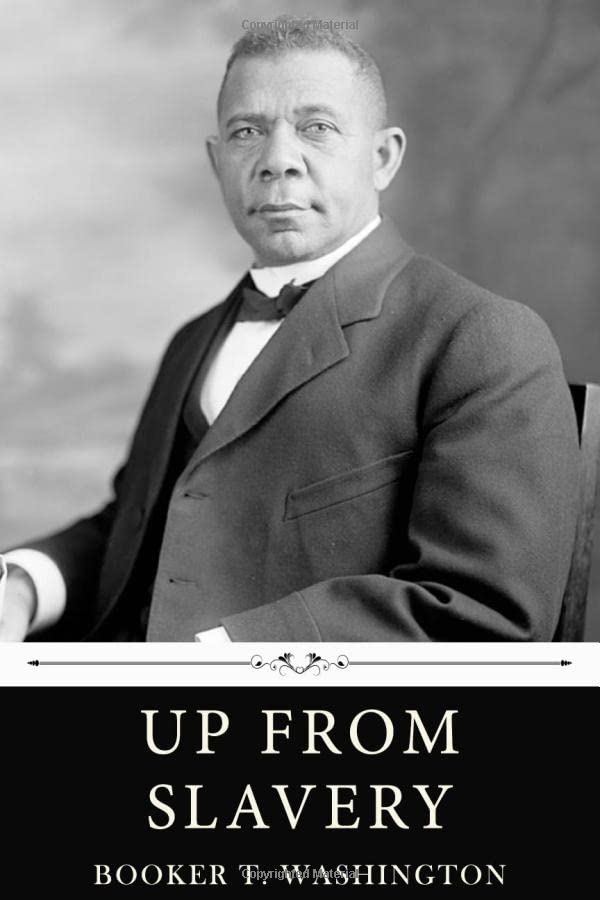
Up from Slavery by Booker T. Washington is an autobiographical work published in 1901 detailing the personal experiences of Booker as he worked as an enslaved child during the American Civil war.
The book outlines the difficulties and the many hurdles that he had to overcome to be able to get a proper education, leading up to his eventual vocation as an educator.
This inspirational story of determination talks about a fighter for human rights that sacrificed everything to help African Americans and other minorities to learn new skills and survive in the harsh environment of the late 19th and early 20th century United States.
This is a story about educators and philanthropists and what they did to help African Americans in need, and how they laid the foundation for integration into American society.
Soul by Soul: Life Inside the Antebellum Slave Market by Walter Johnson
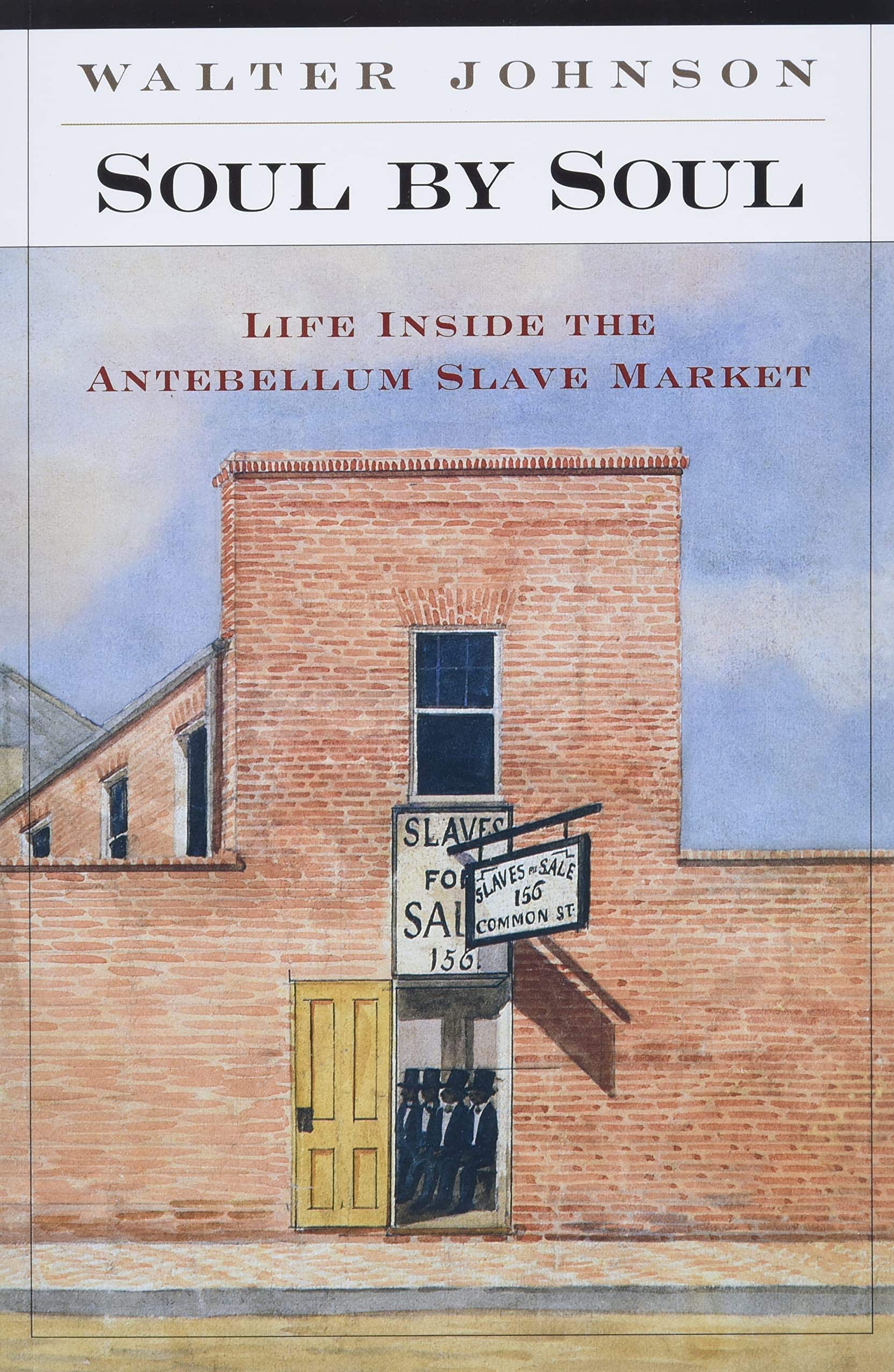
Soul by Soul: Life Inside the Antebellum Slave Market by Walter Johnson is an account of the pre-War slavery practices in the United States. Johnson sets his gaze away from the cotton plantations and places it on the slave markets and the centers of the slave trade in North America.
One of the cities that Johnson primarily focuses on is the New Orleans slave market where more than 100,000 men, women, and children were put on sale. Johnson presents some gripping statistics that elucidate the lives and experiences in these markets and the human dramas that revolved around the sale and negotiation of buying human beings.
The economics of cruelty is displayed in all its immorality. Johnson reveals the intricate interdependencies between the characters and actors involved in this system of trade by digging deep into the primary sources like court records, financial documentation, letters, etc.
Soul by Soul is a fundamental piece that explores the relationship between racism, class consciousness, and capitalism.
King Leopold’s Ghost: A Story of Greed, Terror, and Heroism in Colonial Africa by Adam Hochschild
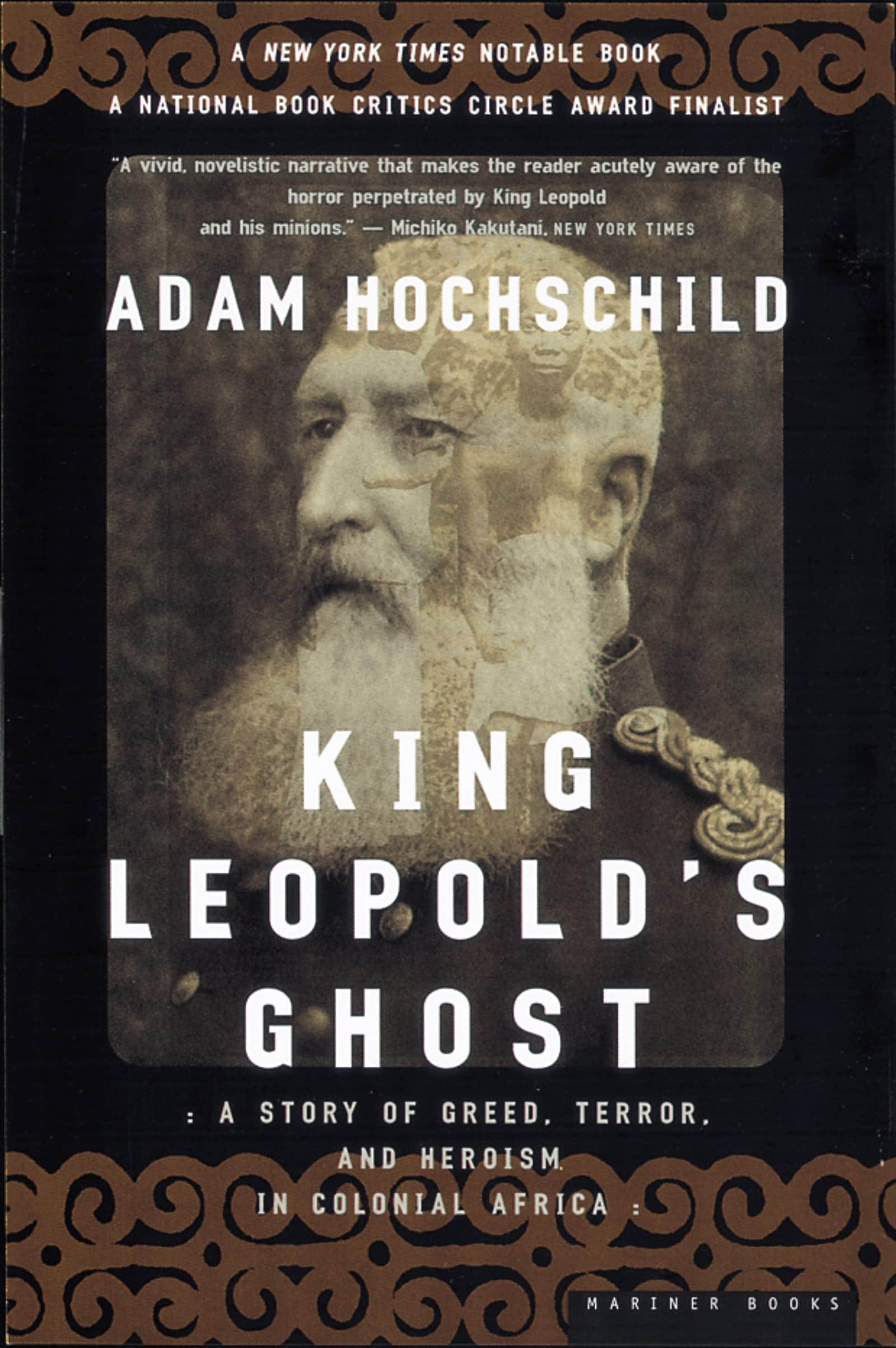
King Leopold’s Ghost is an account of the exploitation of the Congo Free State by King Leopold II of Belgium in the period between 1885 and 1908s. The reader follows Hochschild as he uncovers the large-scale atrocities that were committed against the black population during this period.
The author goes into the intricacies and outlines the private life of the monarch Leopold II of Belgium and tackles the very roots of greed.
This is one of the most important historical analyses of the actions of Leopold II, the king of the Belgians in his privately controlled and owned Congo Free State, a colony that he annexed and stripped of wealth and used to export rubber and ivory.
The book describes the mass murders and slavery committed by the Belgian administration and the inhuman tyrannical activities that revolved around slave labor, imprisonment, and all sorts of unimaginable terror.
Hochschild openly confronts the extents of the greed for natural resources that subjugated human lives to it until rubber, iron, and ivory were exhausted.
The book gives a detailed account of the rise and expansion of Leopoldville or present-day Kinshasa and the process of urbanization driven by exploitation.
Other Slavery: The Uncovered Story of Indian Enslavement in America by Andrés Reséndez
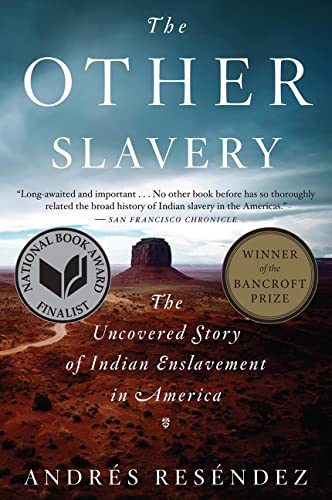
Other Slavery: The Uncovered Story of Indian Enslavement in America is an account of Native American history, often forgotten or trivialized but finally making its way to the bookshelves.
Other Slavery is a rich historical account meticulously assembled by Andrés Reséndez, a well-known historian at the University of California. Reséndez published newly found evidence and accounts that explain in detail how tens of thousands of Native Americans were enslaved all over the continent from the time of the early Conquistadors up to the 20th century, despite the practice being allegedly illegal.
Reséndez elucidates this practice that continued for centuries as an open secret. Many historians consider this book an important missing piece of American history and an important element in the story of coming to grips with the slavery system that was practiced on Native Americans and almost completely forgotten.
They Were Her Property by Stephanie Jones Rogers
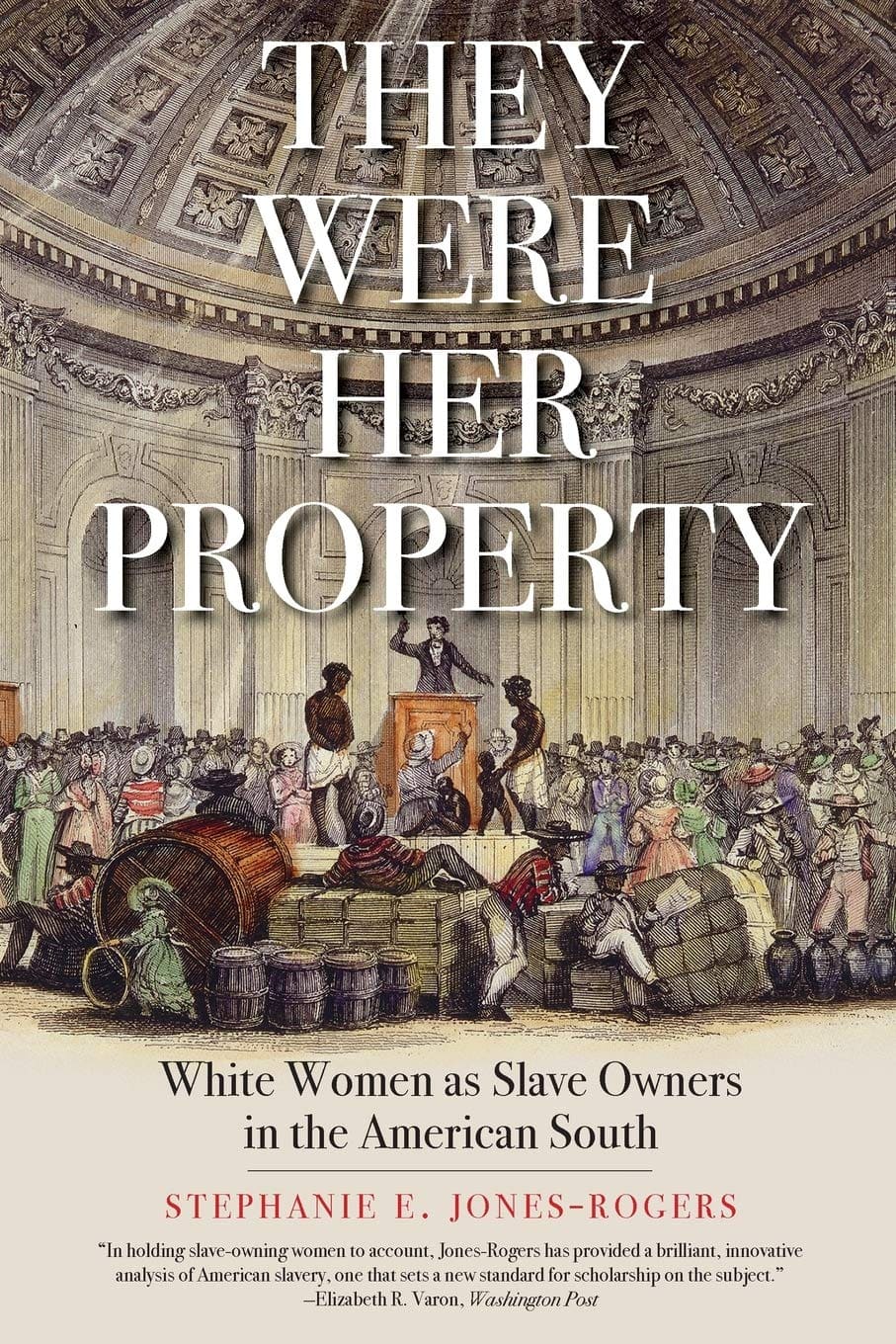
They Were Her Property by Stephanie Jones Rogers is a historical account of slave-owning practices in the American South by white women. The book is truly important as it is a pioneer work that explains the study of the role of southern white women in the economic system of slavery.
Jones Rogers completely disputes the idea that white women had no major role in slaveholding in the deep American South and this is proved with a plethora of primary sources where she presents the impact and influence of white women on the American slave trade.
Capitalism and Slavery by Eric Williams
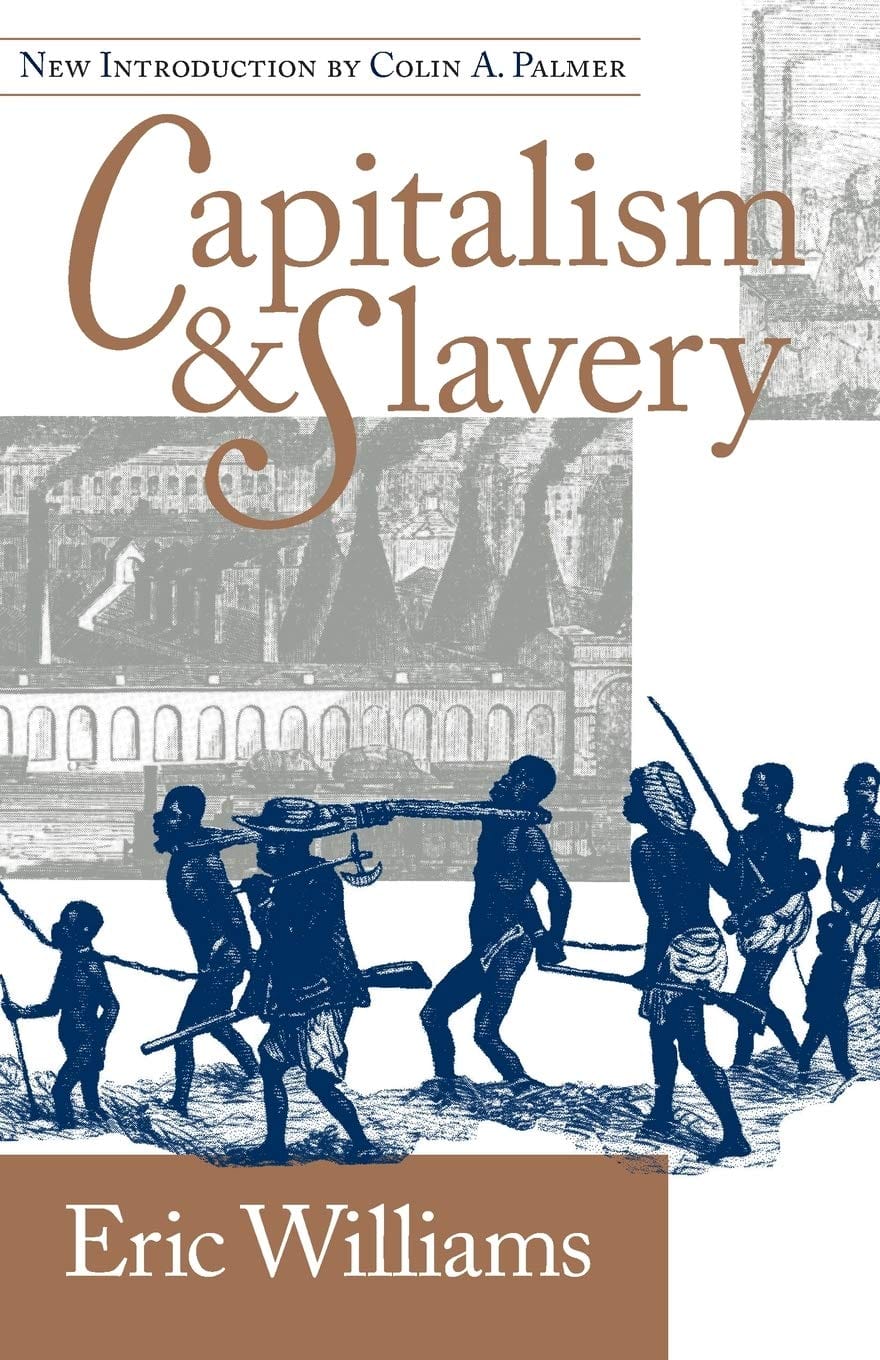
Capitalism and Slavery by Eric Williams who is often considered the father of the nation of Trinidad and Tobago presents an argument that slavery had a major say in financing the industrial revolution in England and that it was these first vast fortunes from the slave trade that were used to establish heavy industry and big banks in Europe.
Williams portrays the story of the rise and emergence of capitalism on the backbone of slave labor. These powerful ideas lay down some of the basis of the studies of imperialism and economic development tackling the issues of economic progress and development while raising many moral arguments.
The Interest: How the British Establishment Resisted the Abolition of Slavery by Michael E. Taylor
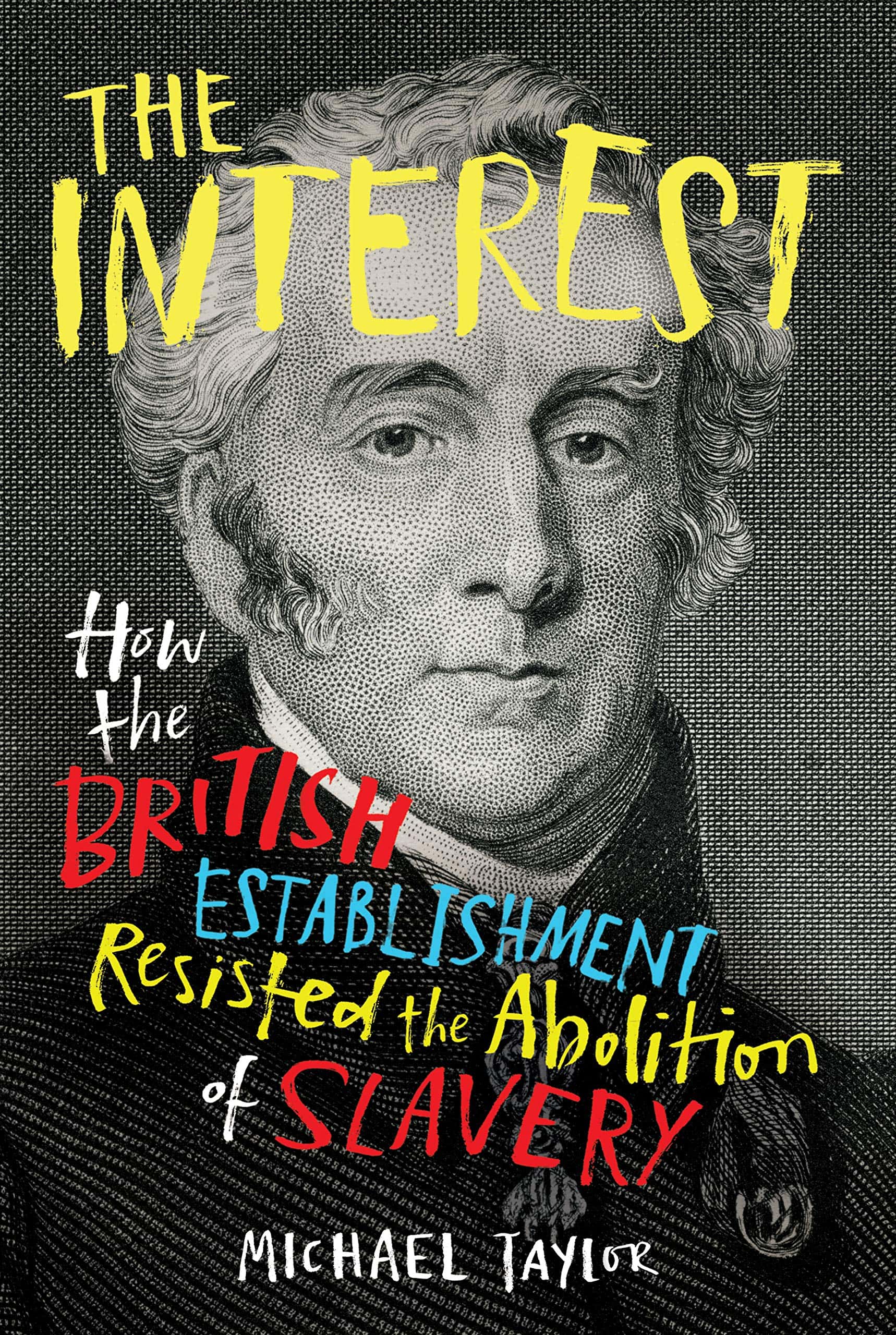
The Interest by Michael E. Taylor points out that the abolition of slavery has been a great cause for self-congratulatory sentiments among the British elite. Taylor stabs this “emancipation” with proof and arguments that more than 700,000 people all over British colonies remained enslaved despite the ban of slavery in the British Empire in 1807.
This self-tap on the back is completely undone in this monumental piece explaining how and why emancipation was so fiercely resisted by the powerful West India interests and how slavery was supported by the most towering figures in British society.
Taylor argues that the interests of the elites made sure that slavery would last until 1833 when abolition finally applied to the entire empire.
Black and British: A Forgotten History by David Olusoga
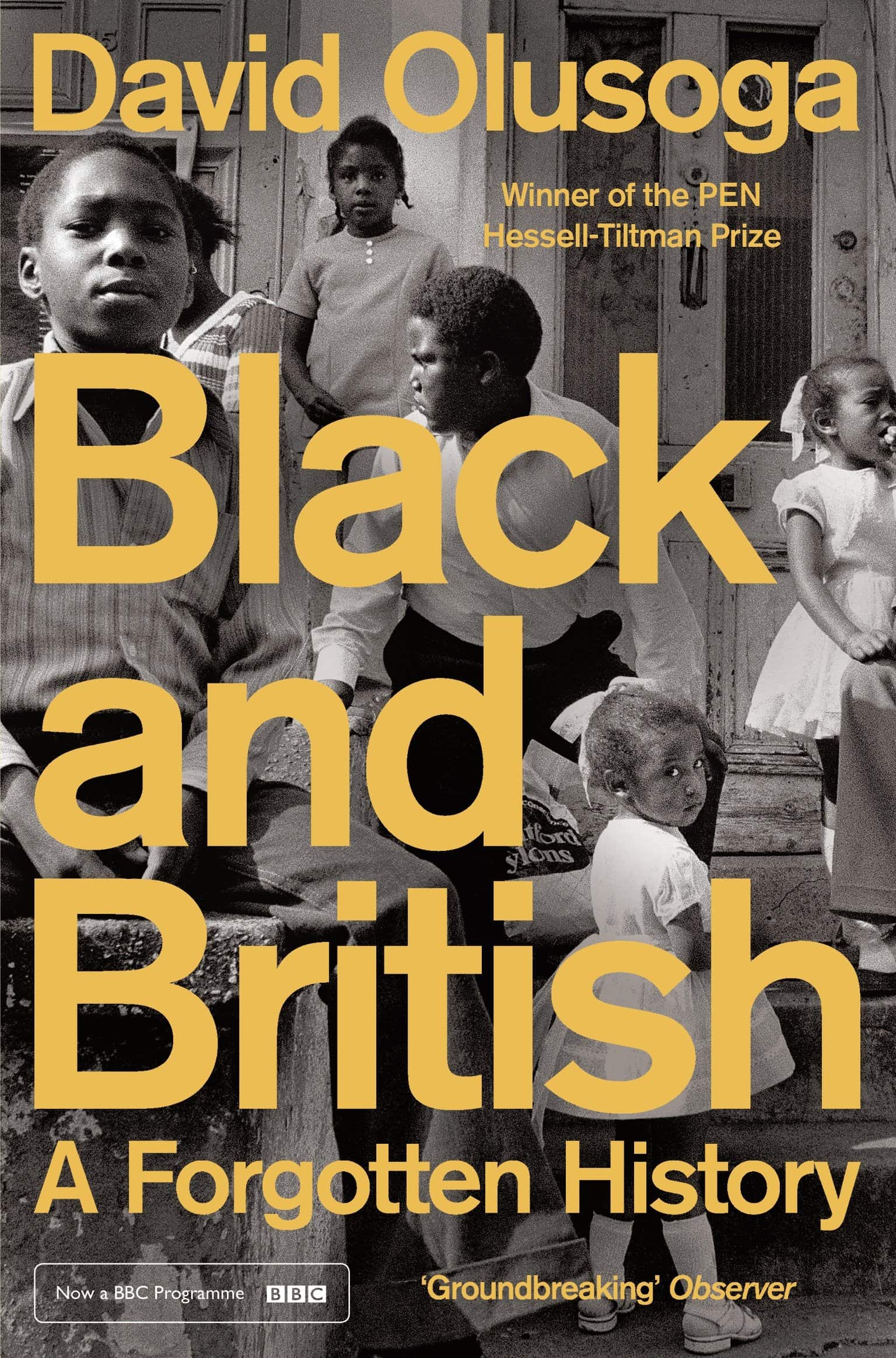
Black and British: A Forgotten History is an examination of black history in Great Britain exploring the relations between the peoples of the British Isles and the people of Africa.
The author details the economic and personal histories of black people in Great Britain following genealogical research, records, and testimonies going back to as far as Roman Britain. The story covers the time from Roman Britain to the industrial boom and leads up to the involvement of black Brits in the Second World War.
Olusoga masterfully details the forces that spun the wheels of black history in the United Kingdom.
A Nation Under Our Feet by Stephen Hahn
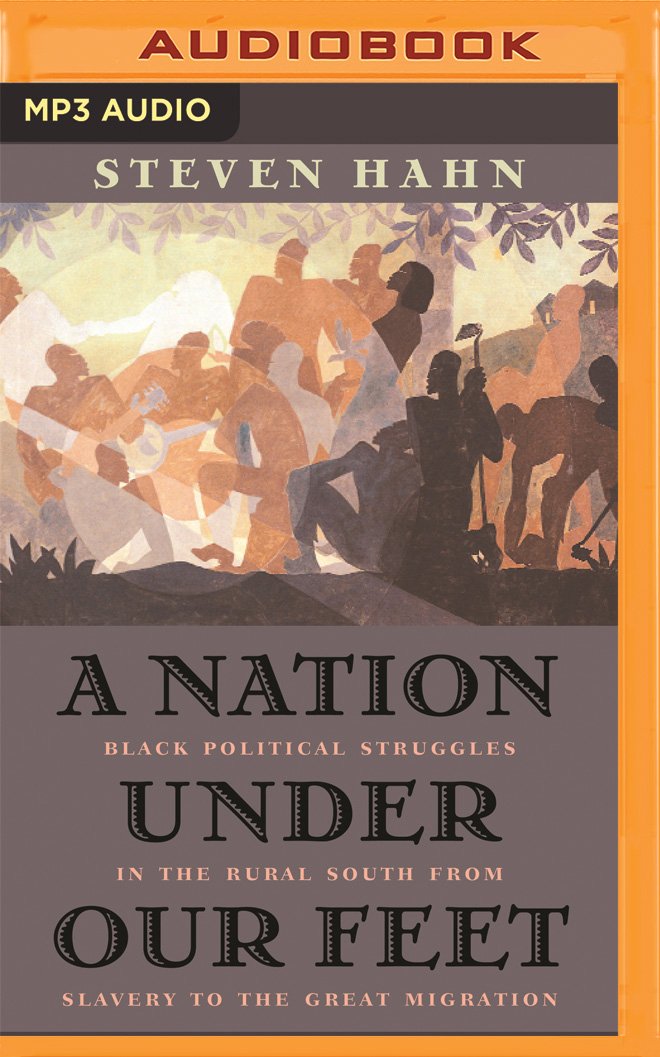
A Nation Under Our Feet by Stephen Hahn is a 2003 piece that explores the ever-changing nature of the African American political power that spans a long time since the American Civil War and the migrations that ensued from the South to the North.
This History Pulitzer Prize winner outlines a societal narrative of the black experience in the United States and tries to find the roots and the driving forces of the African American political power in the country.
Narrative of the Life of Frederick Douglass, an American Slave by Frederick Douglass
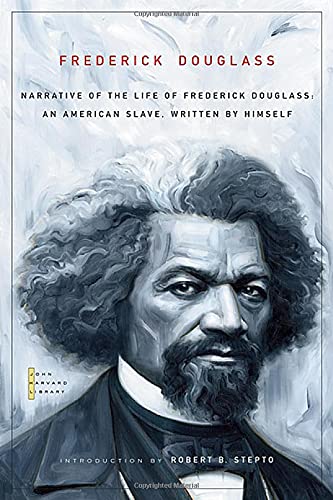
The Narrative of the Life of Frederick Douglass is an 1845 memoir written by Frederick Douglass, a former slave. The Narrative is one of the greatest oratorial works about slavery.
Douglass presents the events that shaped his life in detail. He inspired and gave fuel to the rise of the abolitionist movement in the early 19th century United States. His story is told in 11 chapters that follow his path toward becoming a free man.
The book has had an immense influence on contemporary black studies and has been a bedrock for hundreds of pieces of literature about slavery.
Generations of Captivity by Ira Berlin
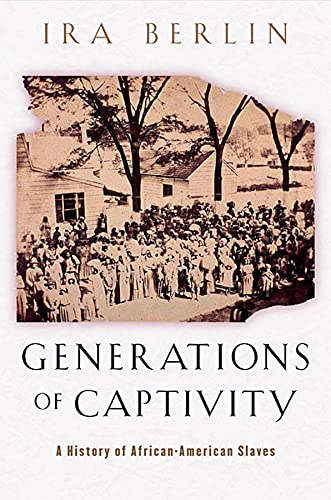
Generations of Captivity is a 2003 piece that examines the history of the African American slaves told by a masterful historian. The book covers the period from the 17th century to abolition.
Berlin follows the experiences and interpretations of slavery by many generations since the 17th century and follows the evolution of this practice, skillfully integrating the story of slavery into the story of American life.
Ebony and Ivy: Race, Slavery, and Troubled History of America’s Universities by Craig Steven Wilder
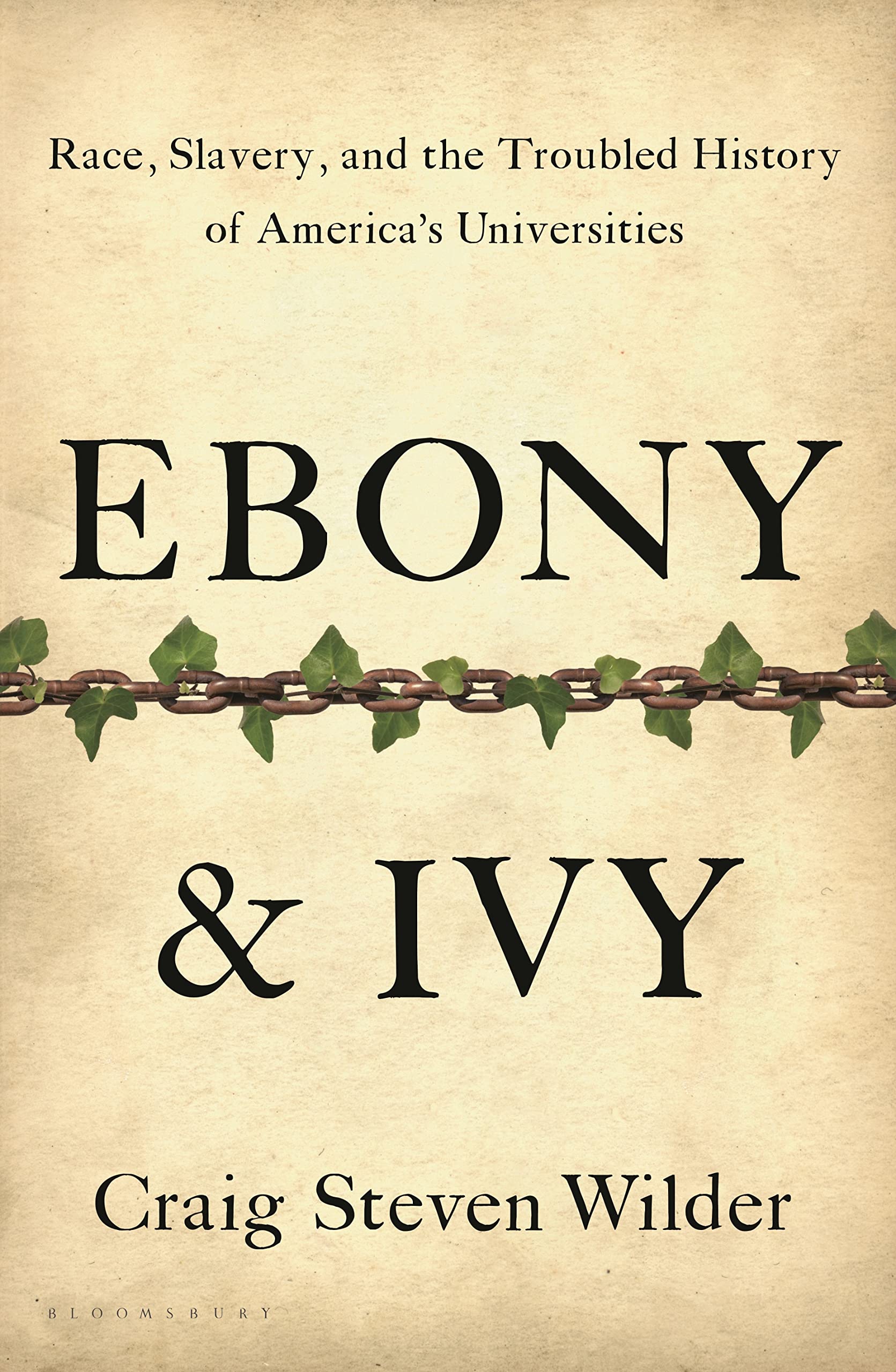
In his book Ebony and Ivy, Craig Steven Wilder explores in an unprecedented way the history of racism and slavery in the United States and how this history is intricately connected to the history of higher education in the country.
Wilder is one of the greatest African American historians and he expertly managed to tackle a topic that remained on the fringes of American history. A history of academic oppression is revealed in these pages showing the bare face of the American Academy and its influence on slavery.
Wilder dares to go where many authors would never, outlining the mission of the earliest academies to Christianize the “savages” of North America. Wilder shows how American academies played a fundamental role in developing slavery-based economic systems.
Ebony and Ivy tap into slavery-funded colleges and slave-built campuses and dares to present how the leading American universities became breeding grounds for racist ideas.
The Price for Their Pound of Flesh: The Value of the Enslaved, from Womb to Grave, in the Building of a Nation by Diana Ramey Berry
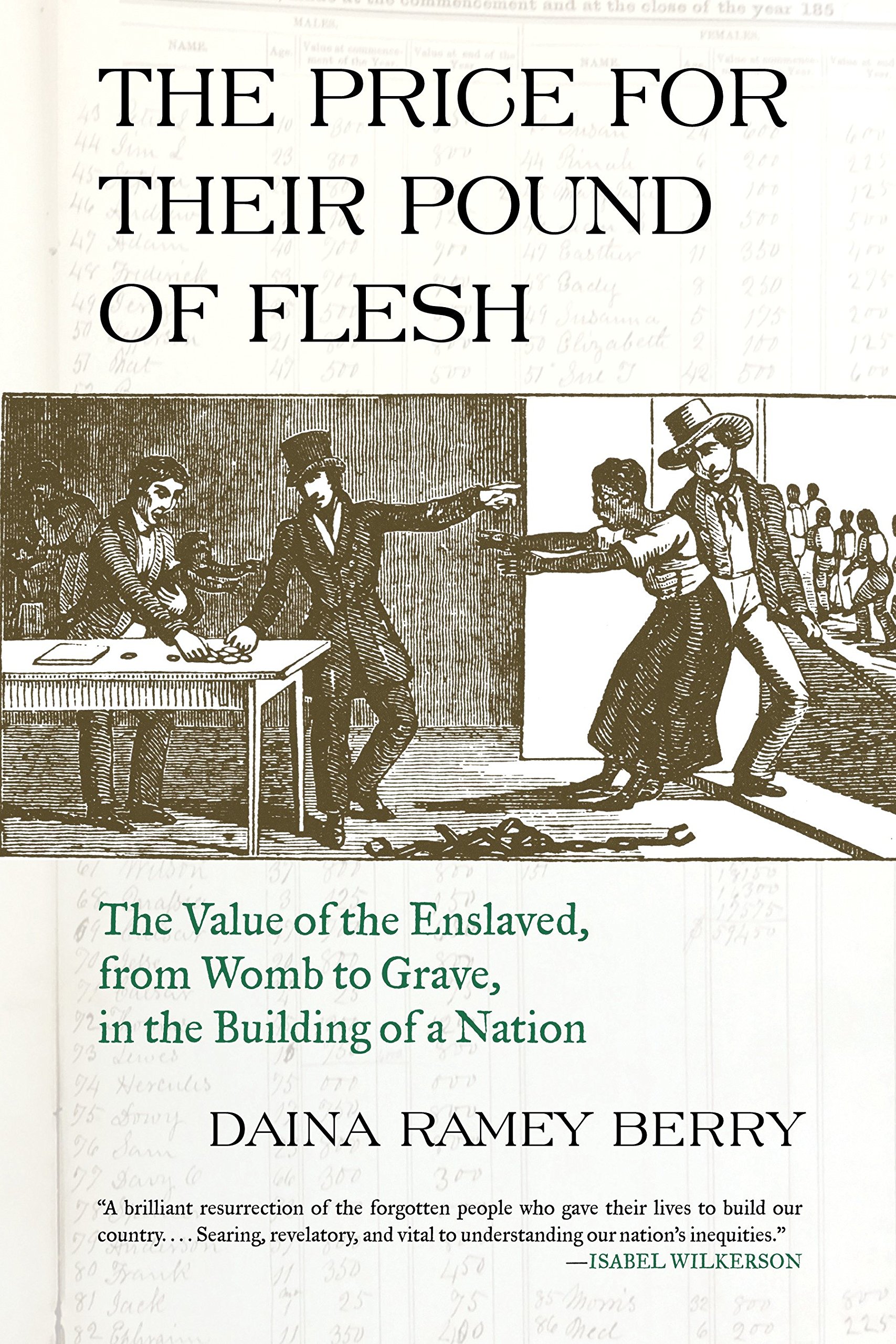
In her groundbreaking examination of utilizing human beings as commodities, Diana Ramey Berry follows all phases in the life of an enslaved human being, starting from birth followed by adulthood, death, and even beyond.
This deep exploration into the commodification of human beings by one of America’s greatest historians and academics outlines the relations between the market and the human body.
Ramey Berry explains the lengths to which the enslavers would go to make sure that they maximize the profits from their sales even going into topics such as cadaver trade.
The depth of her research is virtually unheard of in historical circles and after 10 years of extensive research, Ramey Berry has truly cast a light on many aspects of the American slave trade that were never talked about.
American Slavery, American Freedom by Edmund Morgan
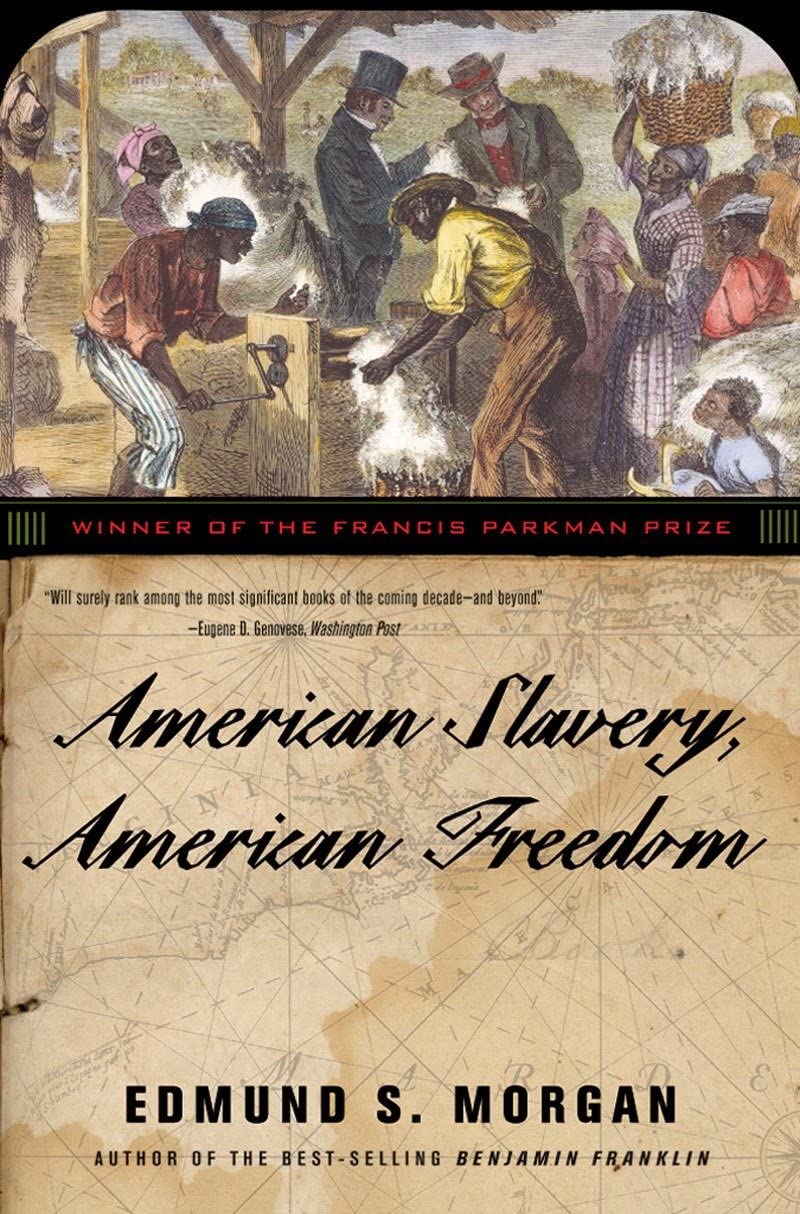
American Slavery, American Freedom by Edmund Norman is a 1975 piece that serves as a seminal insight into the American democratic experience.
The text tackles quite a fundamental paradox of American democracy. The paradox that Morgan tackles lie in the fact that Virginia is the birthplace of the democratic republic while at the same time being the largest colony of slaveholders.
Morgan goes to great lengths to try to discover and untangle this paradox going back to the early 17th century trying to piece together a puzzle that transcribes the economics of the Atlantic slave trade.
How the Word Is Passed: A Reckoning with the History of Slavery Across America by Clint Smith
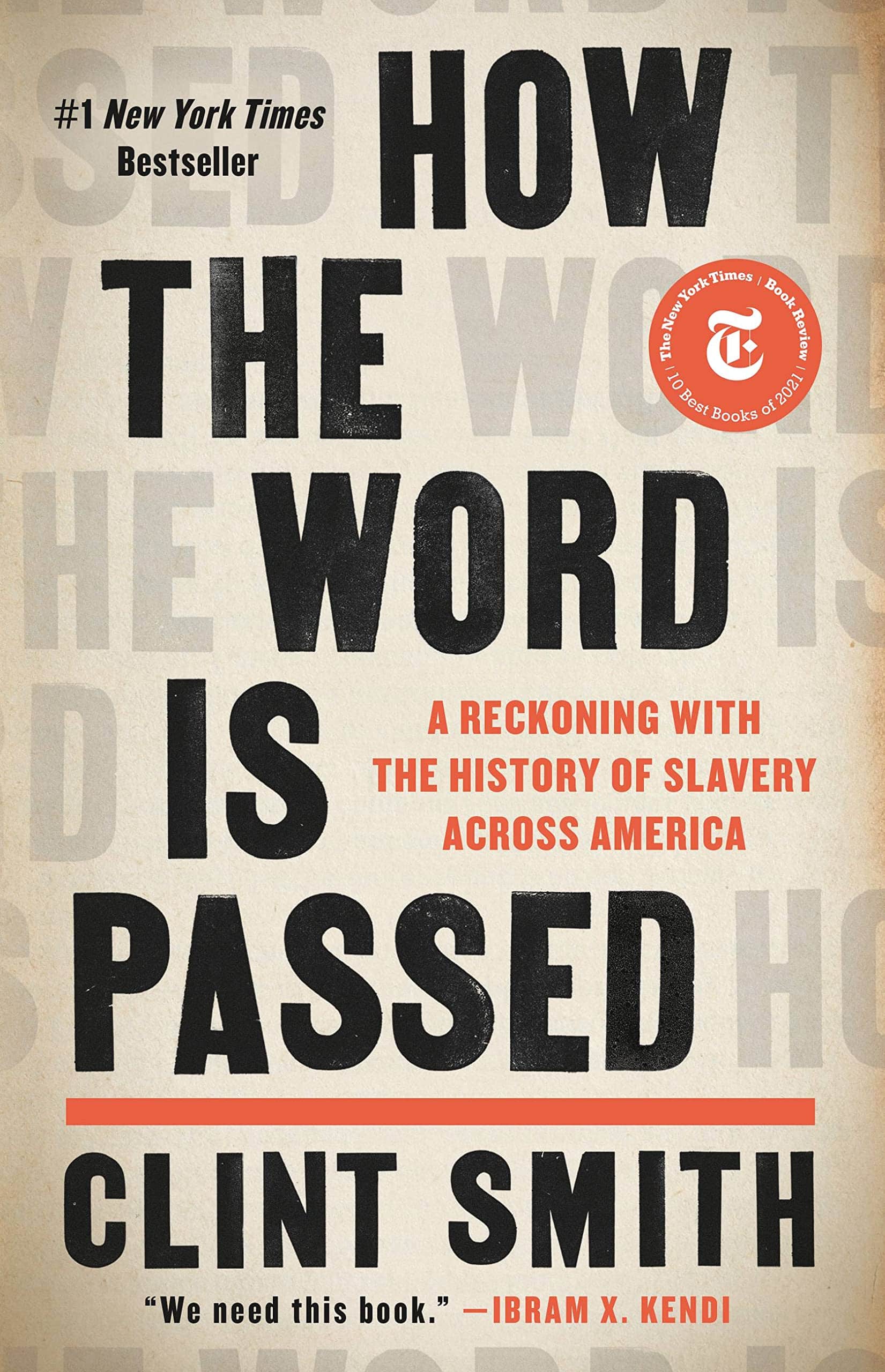
How the Word is Passed is a monumental and unforgettable experience that offers a tour into the famous landmarks and monuments. The story starts in New Orleans and goes to plantations in Virginia and Louisiana.
This remarkable book gives a snapshot of America’s historical consciousness through an examination of the national monuments, plantations, and landmarks showing the geography and topography of American slavery.
Wrapping Up
This list mostly tackles nonfiction history books written by some of the world’s leading historians and sociologists and they raise issues of race, history, culture, the commodification of humans, and raise awareness about the cruelty of economic systems based on slavery.
We hope this list will help you on your journey towards understanding the practice of slavery and why we must never forget these dark aspects of the human experience.








